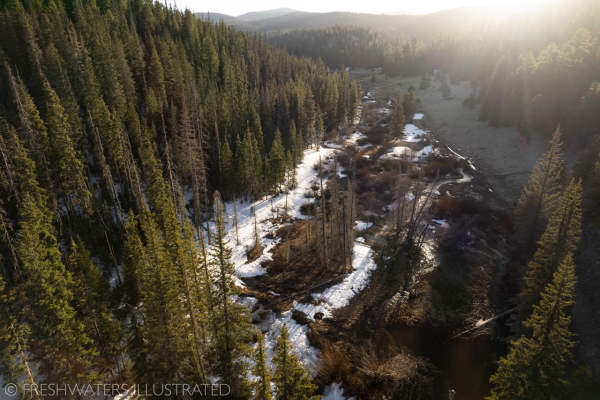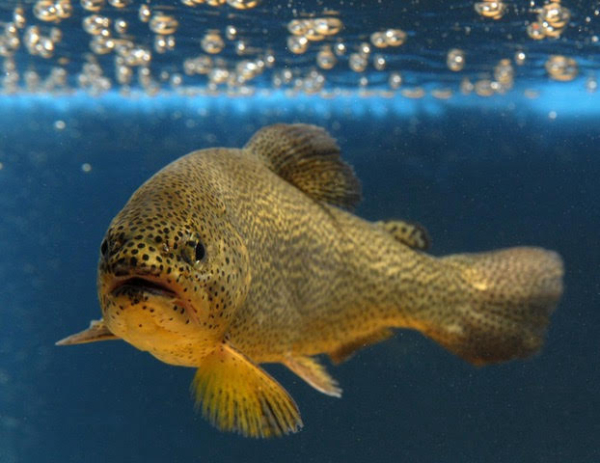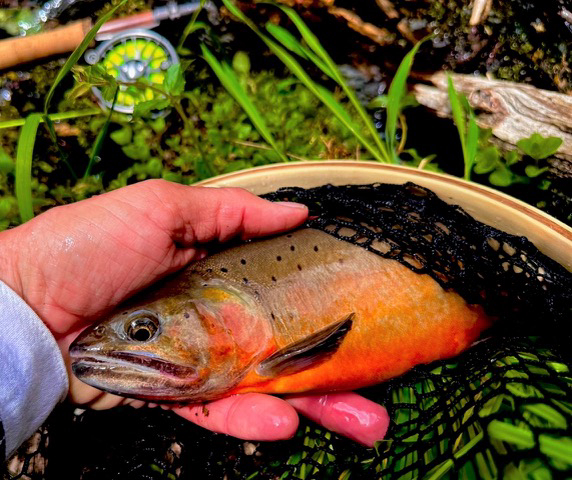Squirrel Hunting Strategy with a Rimfire
By Glen Wunderlich
Charter Member Professional Outdoor Media Association (POMA)
The month of September offers some of the finest weather Michigan has to offer, as the door is opened to another hunting season. Outdoor enthusiasts are called to the colorful display of autumn colors in our vast deciduous forests and anglers have a final chance at stream trout before the season ends on the final day of September. In addition, small game hunters have their first shot at grouse and woodcock, while others blend squirrel hunting with whitetail deer scouting.
With my campsite strategically reserved the week following opening day the 15th, my plan is to do it all but with a focus on bushytails in the big woods. Here are some considerations, if you choose to combine a leisurely stroll in the hardwoods, while testing your marksmanship.
* While shotguns can be effective, save them and their problematic pellets for the birds. The best tool for the job is a scoped .22 rimfire rifle. Everyone seems to want to brag how they can pluck the wings off a fly at 50 paces with their .22 rifle, but when it comes down to it, it’s cheap talk. Here’s a rule one can take to the field: With your chosen ammo, you must be able to keep 9 out of 10 shots within 1.5 inch groups. Get as close to the target as you must to produce this level of accuracy.
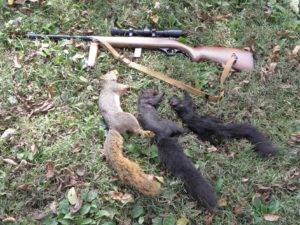
Vintage Mossberg up to the Task
* Make sure to use a scope designed for rimfires. That’s because their parallax is set to focus at closer ranges. Typical high-power rifle scopes can leave the uninitiated looking for the culprit in their inconsistent target results.
* Supersonic ammo is not needed and is almost always not as accurate as sub-sonic ammo. (Target and standard velocity options are all sub-sonic for this reason.) High velocity and hyper velocity are also noisy, because they break the sound barrier (approximately 1120 feet-per-second).
* Install a sling before heading afield. The use of a sling allows hunters to use their hands to operate binoculars – a must for seeing the unseen. Properly used, slings can steady shots, as well.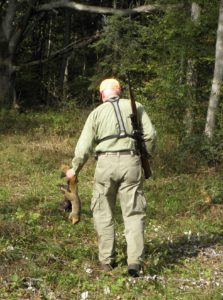
* A binocular harness keeps the glass protected, while allowing quick access. Simple straps will cause binoculars to get in the way at times.
* A seat is always useful for sitting and glassing, but carrying one along can be too much. Consider a seat or pad that hooks to one’s belt.
* A small backpack can hold necessities such as plastic bags for game, latex gloves for field dressing game, freezer packs, insect repellant, lunch and a drink, etc.
Practice sessions should include various ranges to verify point of impact. With a 50-yard zero, it will be necessary to confirm bullet placement at closer ranges for ethical confidence afield.
Find the nut trees to find bushytails. Hickory nuts are favorites of the tree-dwellers and are worth observing from a distance. When scanning surroundings, do so next to a tree for potential use as a steady rest for precise shooting.
I find more squirrels by listening than looking. No doubt that early season leaves can obstruct vision, but they work both ways. Listen for acorn remnants falling from trees in one particular spot and move into position.
A sharp knife is needed, because a squirrel’s hide is tough. However, the sooner the cleaning is finished, the easier it is.
For table fare, cut them into pieces and par-boil before the preferred method of cooking, frying or grilling. And, if you can’t wrap your head around eating one, you simply are not hungry.


